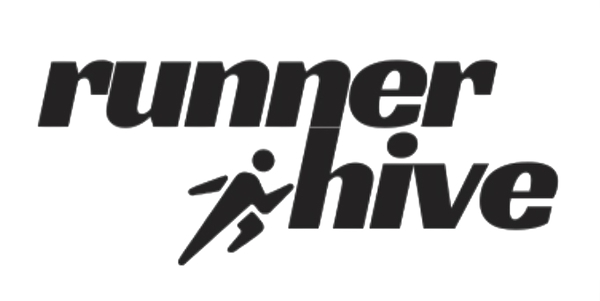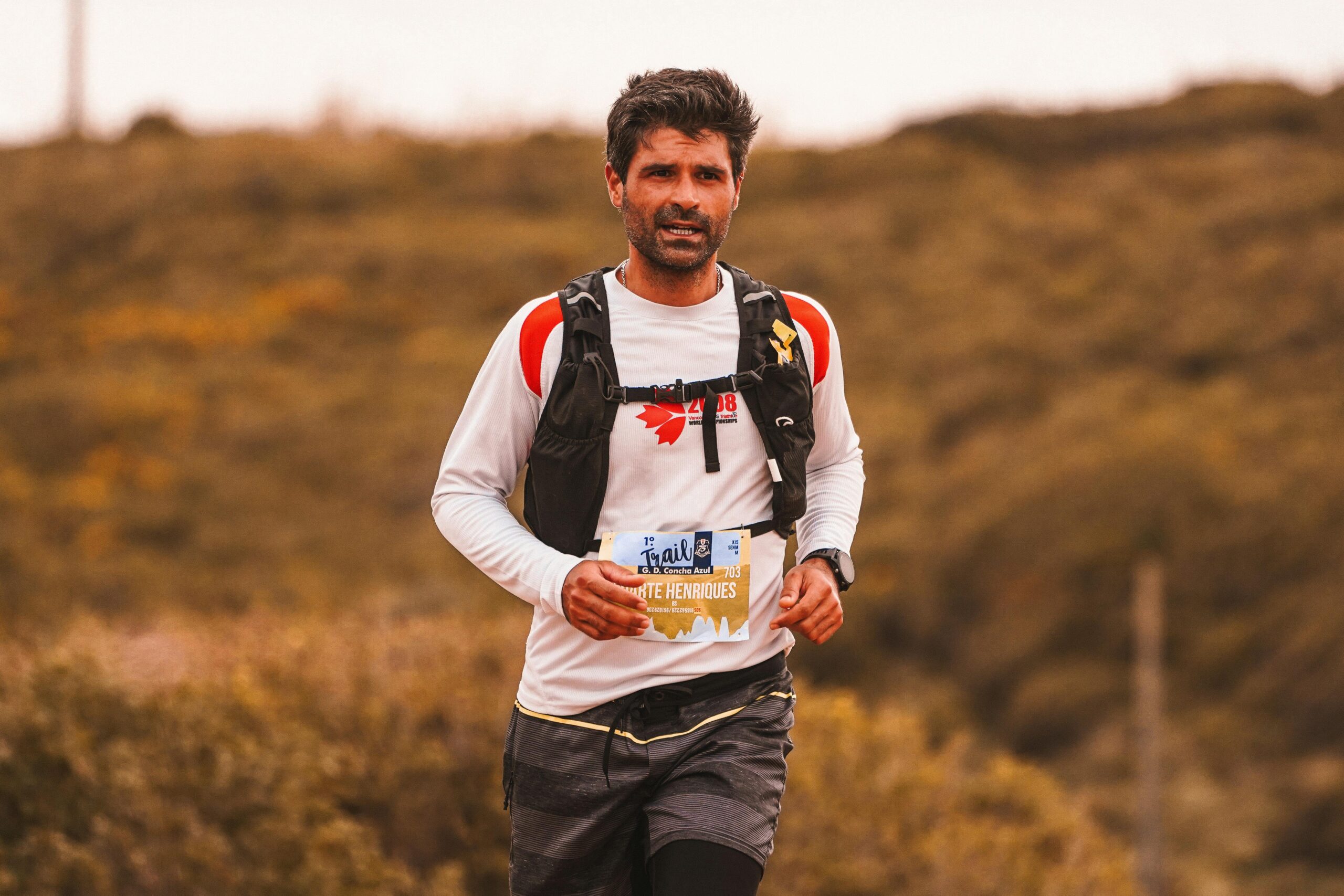Whether you’re training for your first half marathon, exploring long trail runs, or preparing for a marathon, the right gear can make all the difference. Many runners spend hours researching running shoes or running shorts, but one piece of equipment that is often overlooked is the running vest.
Unlike a standard backpack, a running vest is designed specifically for athletes: lightweight, snug-fitting, and built to carry essentials like water, snacks, running gels, or your phone without bouncing around. In this guide, we’ll cover everything you need to know about choosing a running vest — from fit and hydration to storage, durability, and value for money. We’ll also look at three examples of popular running vests used by beginners and professionals alike.
Fit and Comfort
The most important factor in a running vest is how it feels when you move. A poorly fitting vest can cause shoulder pain, restrict breathing, or chafe your skin after just a few kilometres. The best running vests feel like part of your body — you hardly notice them once you’re moving.
A good running vest should:
- Fit snugly without restricting your breathing.
- Have adjustable straps (front and side) to prevent bouncing.
- Be made of breathable, sweat-wicking fabric to avoid irritation.
Pro Tip: Always try your vest with the clothes you normally run in. Many women, for example, prefer running gear designed specifically for women because it provides a better anatomical fit and reduces pressure points.

Hydration Options
Staying hydrated is key to endurance running. According to Runner’s World (2024), even mild dehydration can significantly slow your pace and affect recovery. Running vests usually come with two hydration systems:
- Soft flasks (bottles): Small water bottles stored in the front pockets. Easy to refill and monitor your intake. Great for shorter runs or races with regular water stations.
- Hydration bladder: A larger water reservoir that sits in the back, connected to a drinking tube. Ideal for marathons, trail runs, and hot weather, since it carries up to 2 litres.
Trail runners and marathon athletes often prefer bladders for long distances, while casual runners training for 5Ks or 10Ks may find bottles more than enough.
Storage and Pockets
Staying hydrated is key to endurance running. According to Runner’s World (2024), even mild dehydration Think about what you need to carry. Runners often bring gels, keys, phones, or even small jackets on their routes. Most vests come with:
- Front pockets: For gels, energy chews, or a phone.
- Back compartments: For a hydration bladder or lightweight clothing.
- Zippered sections: For valuables like cards or keys.
Total Capacity Guide:
- Short training runs: 2–5 liters.
- Half-marathons/marathons: 5–8 liters.
- Trail runs/ultras: 8–12 liters (room for nutrition, waterproofs, headlamps, etc.).
This makes running vests far more practical than stuffing items into shorts or armbands. While running shorts with phone pockets are handy, they don’t give you the hydration or storage you’ll need for longer efforts.
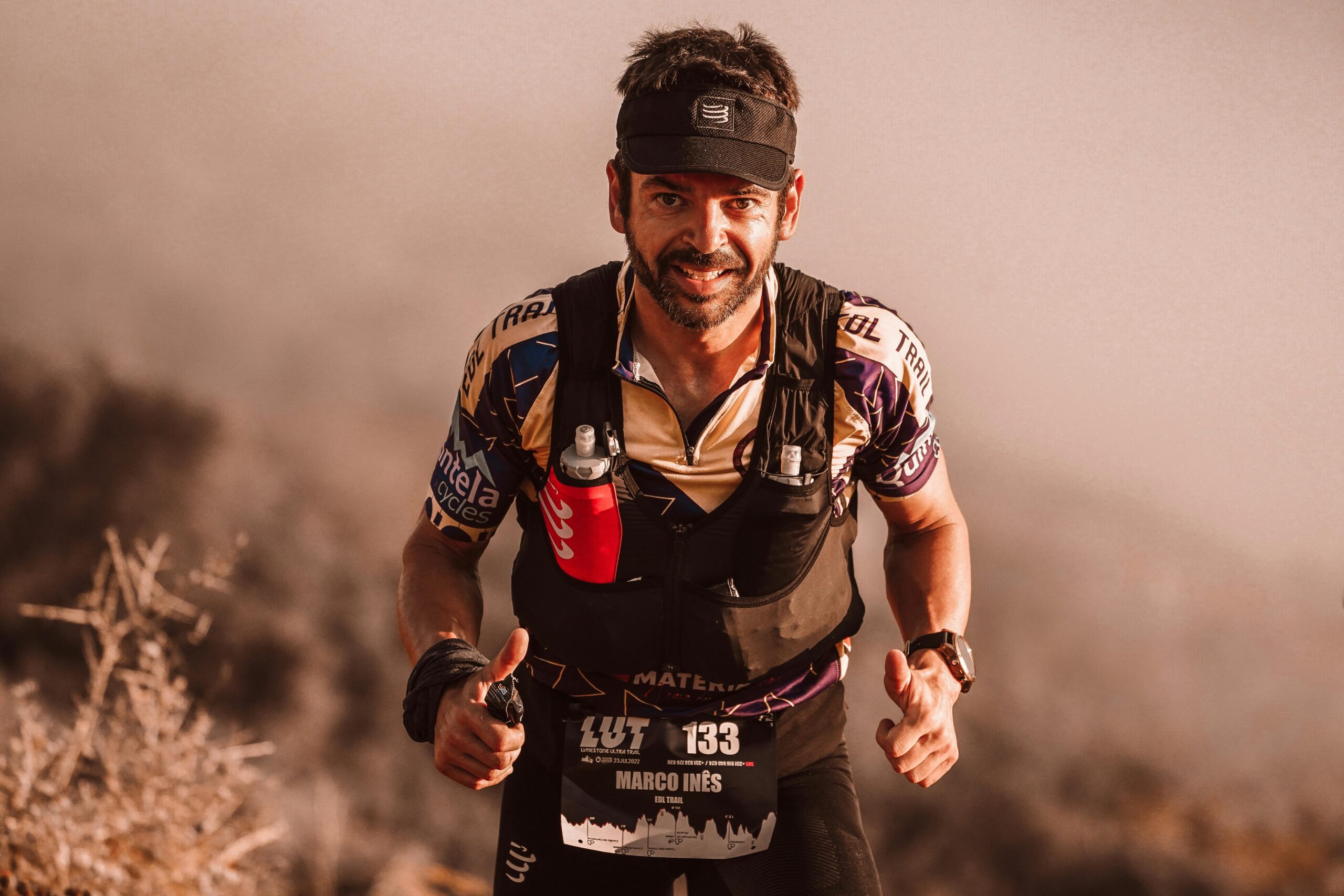
Weight and Durability
The best vests balance lightweight design with long-term durability. Look for:
- Ripstop nylon or polyester for strength.
- Padded shoulders to reduce strain.
- Lightweight zippers and buckles that won’t rust.
Remember: if you train several times per week, your vest will log hundreds of kilometres with you. A slightly more expensive but durable model will save money in the long run.
Price vs. Value
Staying hydrated is key to endurance running. According to Runner’s World (2024), even Running vests typically range from €20 to €150+. While it’s tempting to grab the cheapest option, comfort and durability should always come first. For new runners, a budget option like the AONIJIE vest works well, while experienced marathoners may invest in premium brands like Salomon or Nathan.
Tip: Read online reviews and ratings before buying. Thousands of positive reviews can be a strong indicator of long-term satisfaction.
Top 3 Running Vests to Consider
To make your choice easier, here are three popular running vests trusted by runners worldwide:
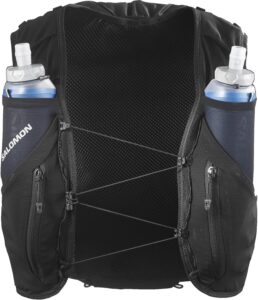
Salomon ADV Skin 5
A versatile vest with two soft flasks, multiple storage pockets, and a snug fit. Frequently recommended by marathon runners.
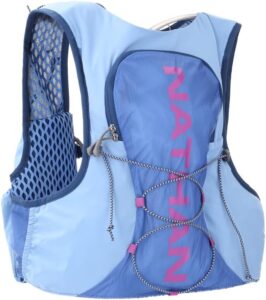
Nathan VaporAir 2.0
Includes a 2L hydration bladder and front storage for gels and nutrition. Often highlighted by REI Co-op as one of the best marathon and trail running vests.
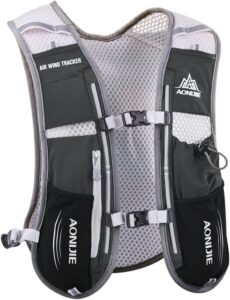
AONIJIE Running Vest
A lightweight, affordable choice with bottle storage and multiple pockets. Over 1,500 positive reviews on Amazon prove it’s a reliable entry-level option
Beyond the Vest: Other Essential Running Gear
A running vest is just one part of your kit. To stay comfortable and avoid injury, it’s worth paying attention to the rest of your gear too. For trail runners, the right shoes are essential — a pair of trail running shoes with solid grip will keep you stable on uneven terrain. Beginners starting out on roads may prefer more inexpensive running shoes, focusing first on comfort and durability before upgrading later.
Nutrition and recovery also play a big role. Many long-distance runners rely on running gels to maintain energy levels during demanding sessions. And don’t forget the basics: a proper warm-up before running prepares your muscles for effort, while gentle stretches after your run support recovery and reduce soreness, see The Best Warm-Up and Stretching Routine for Runners.
By combining the right vest with supportive gear, nutrition, and good habits, you’ll create a running setup that helps you perform better and feel stronger mile after mile.
Conclusion
Choosing the right running vest comes down to fit, hydration, storage, weight, and value. Beginners may prefer lightweight models with bottles, while advanced marathoners and trail runners often rely on hydration bladders. Whatever your level, the right vest should disappear on your shoulders — you’ll hardly notice it’s there.
By combining expert advice and the experiences of thousands of satisfied runners, this guide helps you cut through the noise and find the vest that truly works for you. With the right choice, you’ll stay hydrated, comfortable, and focused on what matters most: the joy of running.
